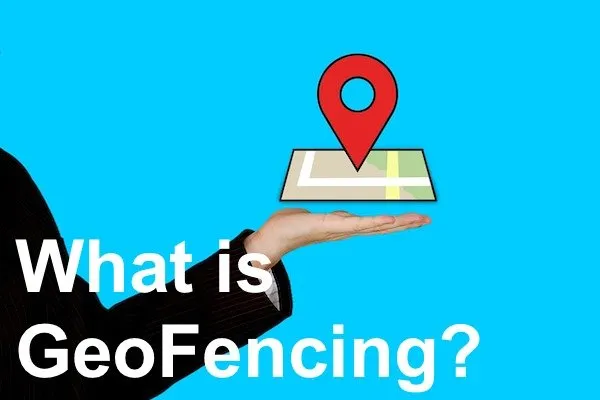Geofencing Retail: Boosting Foot Traffic and Maximizing Conversions
Are you ready to take your retail marketing strategy to the next level? Look no further than geofencing. This innovative technology allows you to target customers based on their location, delivering personalized offers and messages straight to their smartphones. With geofencing, you can reach your audience at the right time and in the right place, boosting foot traffic, driving conversions, and maximizing your marketing ROI.
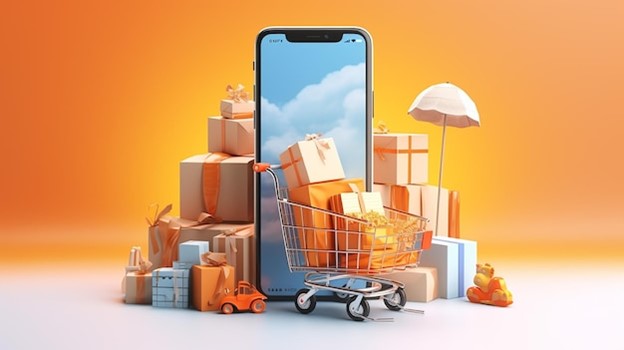
What is geofencing in retail?
Geofencing is a location-based marketing strategy that utilizes GPS or RFID technology to create virtual boundaries around specific locations. These boundaries can be set up around your store, competitors’ locations, or any other area of interest. When customers enter or exit these predefined areas, their mobile devices can receive targeted messages, offers, or notifications.
This technology has revolutionized the way retailers engage with their customers. Instead of relying on traditional mass marketing approaches, geofencing allows businesses to deliver personalized and contextually relevant content. By understanding the customer’s location, retailers can tailor their messages to be more timely and compelling, increasing the chances of engagement and conversion.
Implementing geofencing in your retail marketing strategy opens up a world of opportunities to connect with your audience in a meaningful way. But what specific benefits does geofencing offer to retail businesses?

Benefits of geofencing for retail businesses
- Increased foot traffic: Geofencing enables you to attract customers who are in close proximity to your store. By sending them targeted messages with enticing offers or discounts, you can entice them to visit your store and make a purchase. This increases foot traffic and gives you the opportunity to convert these customers into loyal patrons.
- Enhanced customer targeting: Geofencing allows you to target customers based on their location, ensuring that your messages reach the right audience. Whether you want to target customers near your store, in specific neighborhoods, or even at events or conferences, geofencing gives you the ability to deliver highly relevant content to potential customers.
- Improved personalization: Geofencing enables you to deliver personalized messages and offers to customers based on their location and behavior. By understanding where customers are and what they are interested in, you can tailor your marketing efforts to provide a more personalized experience. This not only increases engagement but also fosters customer loyalty.
- Increased conversions: By delivering targeted messages at the right time and place, geofencing has the potential to significantly increase conversions. Customers who receive personalized offers while in close proximity to your store are more likely to make a purchase. Geofencing allows you to capitalize on these moments of high intent and turn them into tangible business results.
Now that we understand the benefits of geofencing for retail businesses, let’s explore some intriguing statistics that highlight its effectiveness in the industry.

Geofencing statistics in the retail industry
- According to a study by Retail Dive, 61% of consumers prefer receiving personalized offers and messages from retailers. Geofencing allows retailers to deliver precisely that, resulting in higher engagement and conversions.
- Research conducted by Thinknear found that 80% of consumers are more likely to engage with a mobile ad if it is relevant to their location. Geofencing enables retailers to deliver hyper-targeted ads based on the customer’s proximity to specific locations, increasing the chances of engagement.
- In a survey conducted by Placecast, it was found that 53% of consumers are willing to share their location information if they receive relevant offers or discounts in return. Geofencing leverages this willingness to provide customers with valuable incentives that drive them to take action.
These statistics demonstrate the immense potential of geofencing in the retail industry. Now that you’re convinced of its effectiveness, let’s dive into how you can implement geofencing in your retail marketing strategy.

Implementing geofencing in your retail marketing strategy
Implementing geofencing in your retail marketing strategy requires careful planning and execution. Here are some key steps to get started:
- Define your geofences: Identify the specific locations where you want to target your customers. This could include your store, competitors’ locations, high foot traffic areas, or even events. By setting up geofences around these areas, you can ensure that your messages reach the right audience.
- Choose the right technology: Select the appropriate technology that aligns with your geofencing goals. GPS-based geofencing is commonly used and relies on satellite signals to detect a customer’s location. RFID technology, on the other hand, uses radio frequencies to track objects or individuals. Consider your specific requirements and choose the technology that best suits your needs.
- Craft compelling messages: Develop engaging and personalized messages that resonate with your target audience. Whether it’s a limited-time offer, a special discount, or exclusive content, ensure that your messages are relevant and enticing. Personalization is key to capturing the attention of your customers and driving them to take action.
- Leverage data and analytics: Monitor the performance of your geofencing campaigns and collect data to gain insights into customer behavior. Analyze metrics such as click-through rates, conversions, and foot traffic to optimize your campaigns and improve results over time. Use this data to refine your targeting and messaging strategies for maximum impact.
By following these steps, you can effectively implement geofencing in your retail marketing strategy. However, creating effective geofencing campaigns requires careful planning and execution. Let’s explore some best practices to ensure your campaigns deliver the desired results.
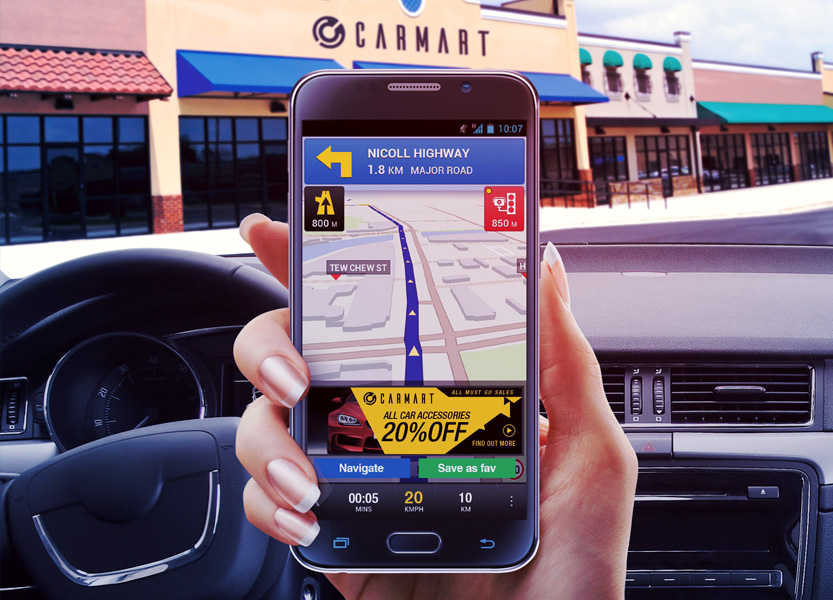
Creating effective geofencing campaigns
- Segment your audience: Divide your target audience into relevant segments based on their location, demographics, or behavior. This allows you to deliver tailored messages that are more likely to resonate with each segment. For example, you can create separate campaigns for customers near your store, those attending events, or those who have previously made a purchase.
- Offer value and exclusivity: Provide customers with incentives to engage with your geofencing campaigns. This could be in the form of exclusive discounts, limited-time offers, or personalized recommendations. By offering value and exclusivity, you can create a sense of urgency and encourage customers to take immediate action.
- Use compelling visuals: Incorporate eye-catching visuals in your geofencing messages to capture attention and stand out from the competition. Visual elements such as images or videos can effectively convey your message and make it more memorable for customers.
- Optimize timing: Timing is crucial when it comes to geofencing campaigns. Deliver messages at the right time to maximize their impact. For example, if you’re promoting a lunchtime special, ensure that your message reaches customers just before lunchtime to increase the chances of conversion.
By following these best practices, you can create geofencing campaigns that drive engagement, conversions, and ultimately, revenue. To further illustrate the power of geofencing in the retail industry, let’s explore some successful examples.

Examples of successful geofencing campaigns in the retail industry
- Starbucks: Starbucks uses geofencing to deliver personalized offers and recommendations to customers based on their proximity to their stores. By sending timely messages with discounts or new product announcements, Starbucks entices customers to visit their nearby stores and make a purchase.
- Target: Target leverages geofencing to deliver personalized ads to customers when they are near their stores. By understanding the customer’s location and preferences, Target sends messages with relevant offers, driving foot traffic and increasing sales.
- Sephora: Sephora uses geofencing to engage customers when they are near their stores or competitors’ locations. By delivering personalized recommendations, beauty tips, or exclusive discounts, Sephora creates a seamless omnichannel experience that drives both online and offline sales.
These examples demonstrate the effectiveness of geofencing in driving customer engagement and increasing conversions. To implement geofencing in your retail marketing strategy, you’ll need the right tools and platforms.
Geofencing tools and platforms for retail businesses
Several tools and platforms are available to help you implement geofencing in your retail marketing strategy. Here are a few popular options:
- Google Ads: Google Ads offers geofencing capabilities that allow you to target customers within specific geographic areas. By setting up location-based campaigns, you can deliver relevant ads to potential customers near your store or in specific neighborhoods.
- Facebook Ads: Facebook Ads also provides geofencing features that enable you to target customers based on their location. By combining geofencing with Facebook’s advanced targeting options, you can reach a highly specific audience with your marketing messages.
- Beaconstac: Beaconstac is a comprehensive geofencing platform that offers a range of features, including geotargeting, geofence analytics, and personalized messaging. It allows you to create and manage geofencing campaigns with ease, providing valuable insights into customer behavior.
These tools and platforms can help you streamline your geofencing efforts and maximize their effectiveness. However, it’s important to note that geofencing is just one of many location-based marketing strategies available to retailers.
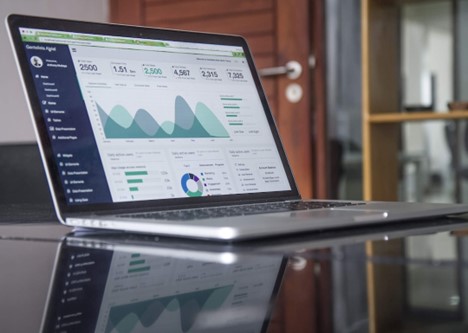
Geofencing vs other location-based marketing strategies
Geofencing is a powerful marketing tool, but it’s important to understand how it compares to other location-based marketing strategies. Let’s briefly explore some alternatives:
- Beacons: Beacons are small devices that use Bluetooth technology to send messages to nearby smartphones. Unlike geofencing, which relies on GPS or RFID technology, beacons offer more precise targeting within a smaller range. Beacons can be particularly effective for indoor environments or areas with high foot traffic.
- Location-based mobile apps: Some retailers leverage location-based mobile apps to deliver personalized offers and recommendations to their customers. These apps use GPS technology to track the user’s location and provide relevant content based on their proximity to specific stores or points of interest.
- Proximity marketing: Proximity marketing encompasses various strategies that involve targeting customers based on their physical proximity to a specific location. This can include tactics such as NFC (Near Field Communication) or QR code campaigns, which allow customers to interact with physical objects or signage to receive relevant offers or information.
While each of these strategies has its own merits, geofencing offers a unique combination of reach, personalization, and ease of implementation. By leveraging geofencing alongside other location-based marketing strategies, you can create a comprehensive and highly effective marketing approach.
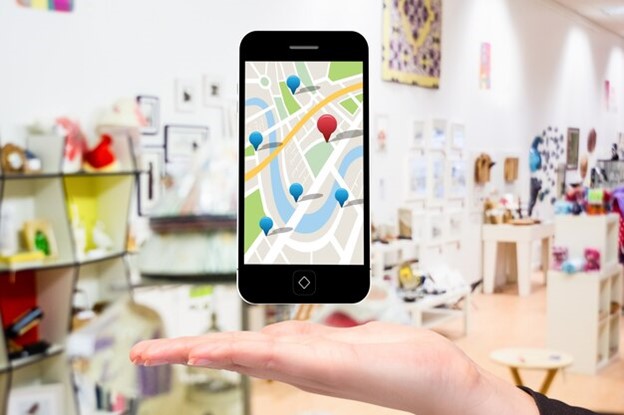
Conclusion
Geofencing has become an indispensable tool for retail businesses looking to enhance their marketing efforts. By targeting customers based on their location, geofencing enables retailers to deliver personalized and contextually relevant messages directly to their smartphones. This leads to increased foot traffic, enhanced customer targeting, improved personalization, and ultimately, increased conversions.
To successfully implement geofencing in your retail marketing strategy, remember to define your geofences, choose the right technology, craft compelling messages, and leverage data and analytics. By following best practices and learning from successful examples, you can create geofencing campaigns that capture attention, drive engagement, and maximize your marketing ROI.
With the right tools and platforms, such as Google Ads, Facebook Ads, or Beaconstac, you can effectively implement geofencing in your retail marketing strategy. And while geofencing is a powerful location-based marketing strategy, it’s important to consider other alternatives such as beacons, location-based mobile apps, or proximity marketing to create a comprehensive marketing approach.
So, don’t miss out on the opportunities that geofencing presents. Embrace this innovative technology today and watch your retail business thrive in the digital age.


